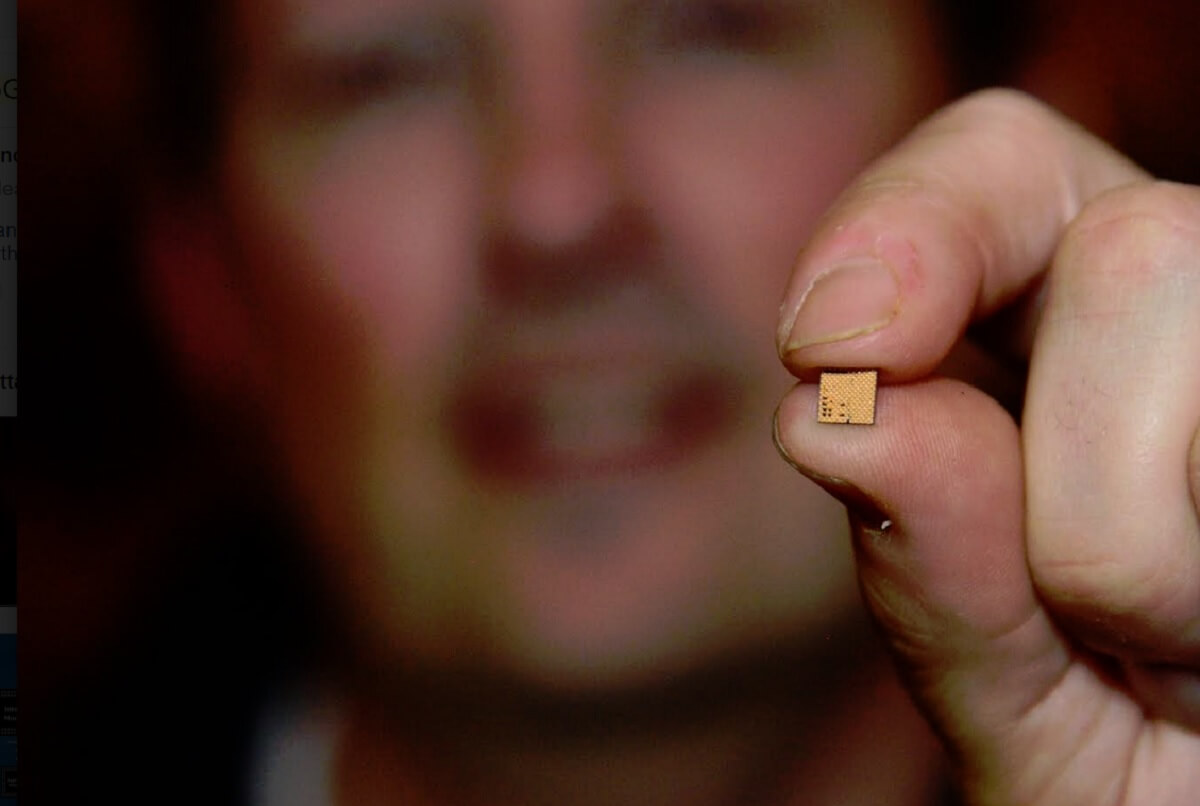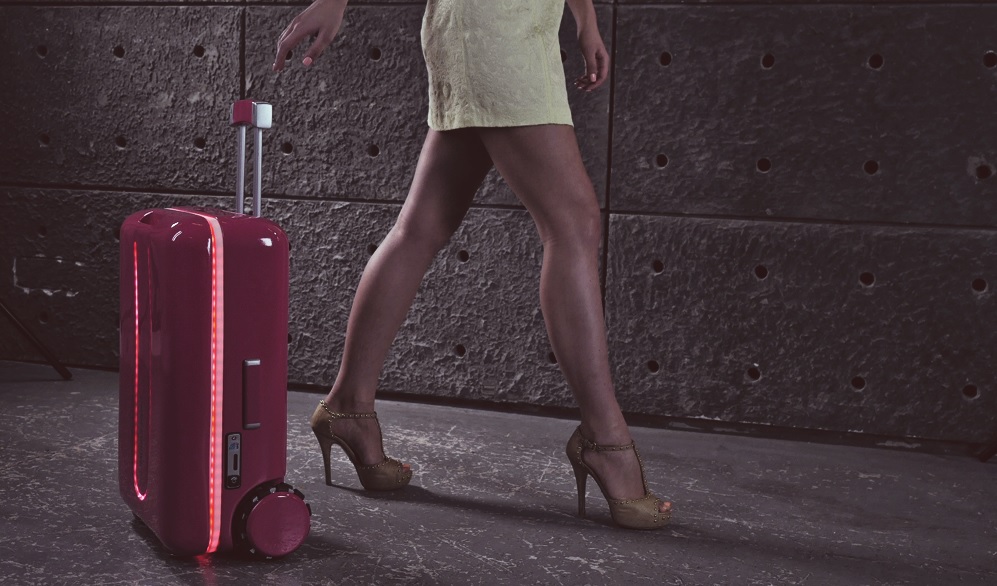I’m expanding my horizons from games to tech next week as I head off to Las Vegas for CES 2018, the big tech trade show that begins for the media on Sunday. I hope to find some interesting stories, like the one that Arnold Donald, the CEO of the world’s largest cruise company, told last year as Carnival Cruises launched its Ocean Medallion wearable. That was interesting because it was an example of how technology was infiltrating a non-tech business.
Technology is fading into the woodwork, as the woodwork is getting smart. The Internet of Things trend will be a huge part of the product mix. Gartner estimates that 8.4 billion IoT devices will be in use in 2017, growing to 20.4 billion by 2020. And judging by CES, these things will be zany and incredibly expensive, like last year’s U by Moen smart shower, which will get your water temperature just right for the price of $1,200. Moen was clever in using beautiful models to get us excited about this idea, but we have to take a cold shower.
I like to think of products like this as the Internet of Stupid Things for Rich People, or IoSTRP. Masayoshi Son, the CEO of SoftBank, anticipates that we’re going to have a future with 1 trillion Internet of Things devices. But we’re going to have to do better, and bring the price of these things down so that the smart things are as cheap as the dumb things they replace. Otherwise, we have few reasons to replace them. Once we’ve run our course with stupid things, we may go back and revisit the Internet of Obvious Things, like making a computer smarter.

Above: Moen’s smart shower remembers your preferred temperature and restores it with one button push.
But I’m not entirely skeptical. I will be out there looking for the golden ticket of tech products, and I will be accompanied by VentureBeat writers Stephanie Chan and Blair Hanley Frank. We have the privilege of joining as many as 184,000 other people as we sift through 2.6 million square feet of space and 4,000 exhibitors for the cool stuff.
June 5th: The AI Audit in NYC
Join us next week in NYC to engage with top executive leaders, delving into strategies for auditing AI models to ensure fairness, optimal performance, and ethical compliance across diverse organizations. Secure your attendance for this exclusive invite-only event.
It will be fun to see if the real world seeps into CES. While government officials come, CES isn’t always the forum for big political disagreements. Ajit Pai, chairman of the Federal Communications Commission, apparently agreed with that and decided to bail on his planned public speaking session at CES in light of his unpopularity in tech circles for killing net neutrality.
And while sexual harassment has been a big topic in Hollywood and Silicon Valley, it isn’t clear how much it will come up as an “elephant in the room” topic. Brian Krzanich, CEO of Intel, has spoken often about diversity, and he will have a keynote speech on Monday night to open the show. But what has always struck me about Krzanich and Intel is that they have seemed to stand alone in giving a voice to this topic. Maybe the rest of the crowd just wants to party at the wild Vegas nightclubs.
I also don’t expect to hear so much about flaws like a nasty security issue that Intel acknowledged last week. That’s because keynote speeches and press events at CES are one-way affairs, with no chance to ask questions while speakers are on stage.

Above: Intel CEO Brian Krzanich shows off Project Alloy at CES 2017. This one got canned.
The big companies will be touting smaller and thinner computers. (Most phone makers don’t show their stuff until the Mobile World Congress in Europe.) Gary Shapiro, CEO of the Consumer Technology Association, says that the drone section of the show floor will have 47 exhibitors, up 15 percent from last year, across 38,550 square feet, down 1 percent. Many of those drones are going to be autonomous, as makers have discovered that most of us can only crash our drones.
The robotics section will have 35 exhibitors, up 30 percent, across 21,500 square feet, up 68 percent. I’m looking forward to the variety of those robots, from the humanoid beings with a lot of artificial intelligence to the household delivery robots like Relay. Seven Dreamers has a laundry-folding robot called the Laundroid.
I am hoping that some of the best AI will be in self-driving cars. Blair will be checking those out, but much of the real estate of CES will likely be consumed by these big showpiece cars that would probably be impossibly confused if they tried to navigate past people on the show floor.
Greg Roberts, managing director for Accenture’s North American high-tech practice, said in an interview with me that AI is more like a Wi-Fi connection, or something that we expect to deliver what we want without hassle.
Augmented reality will have 24 exhibitors, up 20 percent, across 10,900 square feet, up 30.5 percent. AR has a small base, but it doesn’t have as steep a hill to climb as VR right now. The problem is that I am starting to see a lot of really “just OK” AR, which doesn’t really fool me into thinking that blending the unreal and the real can be seamless. Smart glasses could be so cool, but it’s a little hard to say when Moore’s Law, or the prediction that the number of transistors on a chip will double every couple of years, will deliver technological progress that makes these devices more affordable and better. Moore’s Law has worked miracles over decades, but it can’t do so much from one year to the next.

Above: Intel’s 5G modem chip debuted at CES 2017.
Gaming and virtual reality will have 46 exhibitors, down 36 percent from 72 last year, across 37,500 square feet, up 26 percent. That doesn’t mean gaming has fallen apart. Rather, it suggests that VR companies were too exuberant and didn’t meet customer expectations.
I expect that 5G wireless voice and networking will command a lot of air space at the show, even though we won’t see real products until something like 2020. Krzanich and Qualcomm president Cristiano Amon will likely jockey to be the seers of 5G, which will get some kind of demo at the Winter Olympics in South Korea and a real field test at the Tokyo Winter Olympics in 2020. While you can’t see it as a tangible product, 5G will be like AI and Wi-Fi, laying the groundwork for so many cool services like wireless home broadband and web-based gaming.
5G could very well lead to a huge economic boom, which is what we’ll need if AI gets so good that it eliminates a lot of jobs. The problem with 5G is that it doesn’t capture the imagination the way that a suitcase that follows you can. (That one costs $1,100).

Above: Travelmate’s robot luggage will follow you around.
What I’m really looking forward to are useful products that are not tech for tech’s sake, but tech that is being used in a consumer application by companies that aren’t known for selling technology. Omron Healthcare said that it will show off a wearable blood pressure monitor that it is submitting to the Food and Drug Administration for approval for launch in 2018.
I still hope to see companies come back with good ideas from past years, only in a more refined, cheaper, and more practical format. I’d love to see Panasonic’s interactive mirror become affordable, at maybe $99. Electric cars are becoming awesome, but if you add self-driving to their features, then it’s going to be a while before they become practical. I’d love to see some of these devices make the leap from the equivalent of porn for the tech enthusiast to affordable and valuable devices for mainstream consumers.
Or like the Carnival Cruise wearables. At some point, tech will become part of the fabric, and we won’t even think of it as tech anymore. I hope you’ll read our coverage of CES 2018 in the coming days.


